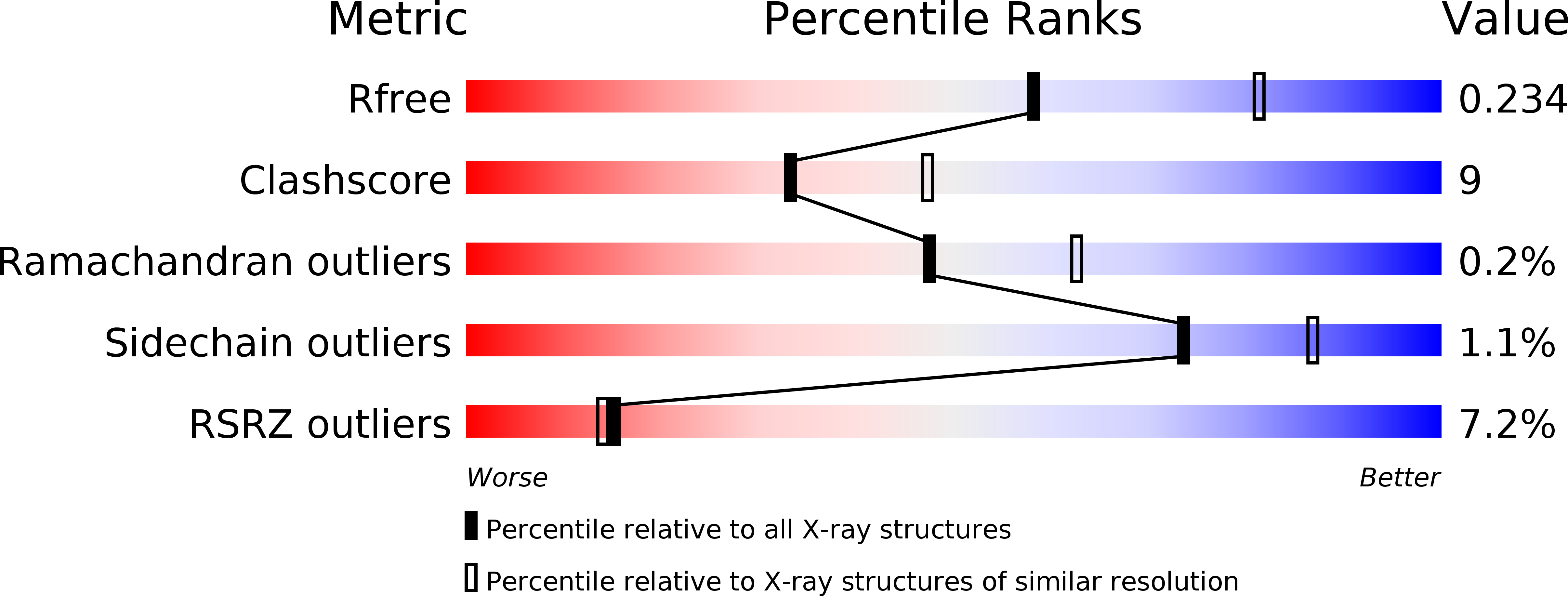
Deposition Date
2005-07-14
Release Date
2006-01-10
Last Version Date
2023-08-23
Entry Detail
PDB ID:
2AAW
Keywords:
Title:
Studies on ligand binding and enzyme inhibition of Plasmodium falciparum glutathione S-transferase
Biological Source:
Source Organism:
Plasmodium falciparum (Taxon ID: 5833)
Host Organism:
Method Details:
Experimental Method:
Resolution:
2.40 Å
R-Value Free:
0.23
R-Value Work:
0.19
R-Value Observed:
0.19
Space Group:
P 21 21 21


